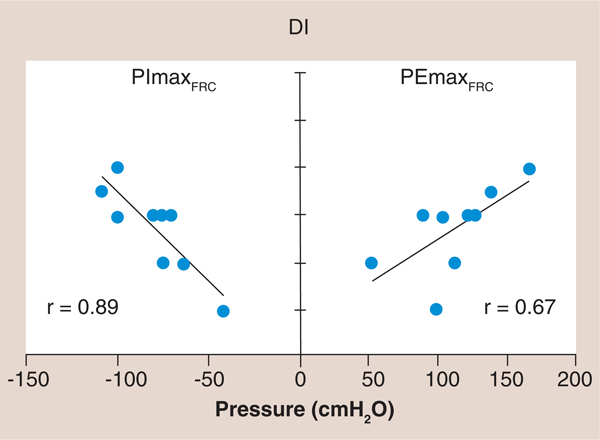Figure 1. The relationship of maximal inspiratory and expiratory pressure to dyspnea using the Dyspnea Index in which a lower Dyspnea Index value is associated with greater dyspnea.
Note the higher correlation coefficient between PImax and DI (r = 0.89) compared with PEmax and DI (r = 0.67). Maximum inspiratory and expiratory mouth pressures along with the baseline DI were measured in nine stable, chronic heart failure patients who had no evidence of primary lung disease, which were compared with nine age- and sex-matched healthy control subjects. The chronic heart failure patients, when compared with their matched control subjects, had reduced inspiratory and expiratory muscle strength, and both inspiratory and expiratory muscle strength were significantly correlated with dyspnea during daily activity (r2 = 0.80, p = 0.001 and r2 = 0.45, p = 0.05, respectively). Inspiratory muscle strength accounted for all of the variance in dyspnea that was correlated with respiratory muscle strength when the relative contributions of inspiratory and expiratory muscle strength were examined.
DI: Dyspnea Index; FRC: Functional residual capacity; PEmax: Maximal expiratory pressure; PImax: Maximal inspiratory pressure. Reproduced with permission from [23].

